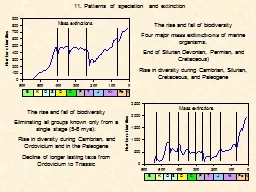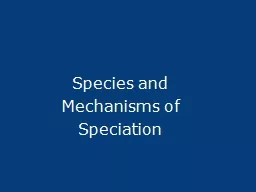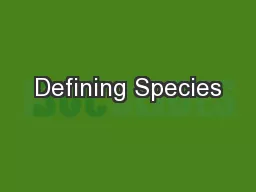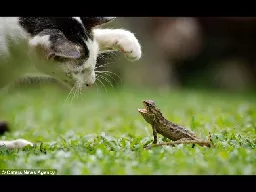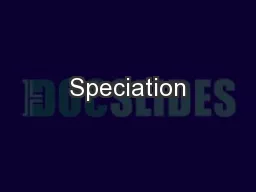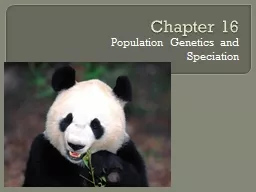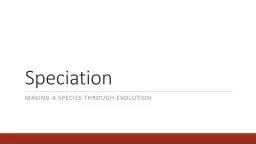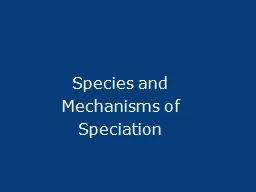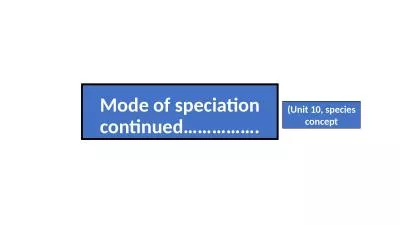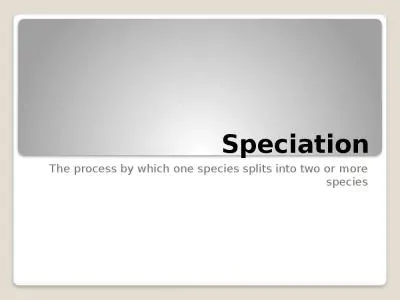PPT-Speciation What is a species?
Author : conchita-marotz | Published Date : 2018-03-12
Species kind or type in Latin Typological morphological species a group of organisms that share certain characteristics which are different than other groupsusually
Presentation Embed Code
Download Presentation
Download Presentation The PPT/PDF document "Speciation What is a species?" is the property of its rightful owner. Permission is granted to download and print the materials on this website for personal, non-commercial use only, and to display it on your personal computer provided you do not modify the materials and that you retain all copyright notices contained in the materials. By downloading content from our website, you accept the terms of this agreement.
Speciation What is a species?: Transcript
Download Rules Of Document
"Speciation What is a species?"The content belongs to its owner. You may download and print it for personal use, without modification, and keep all copyright notices. By downloading, you agree to these terms.
Related Documents


